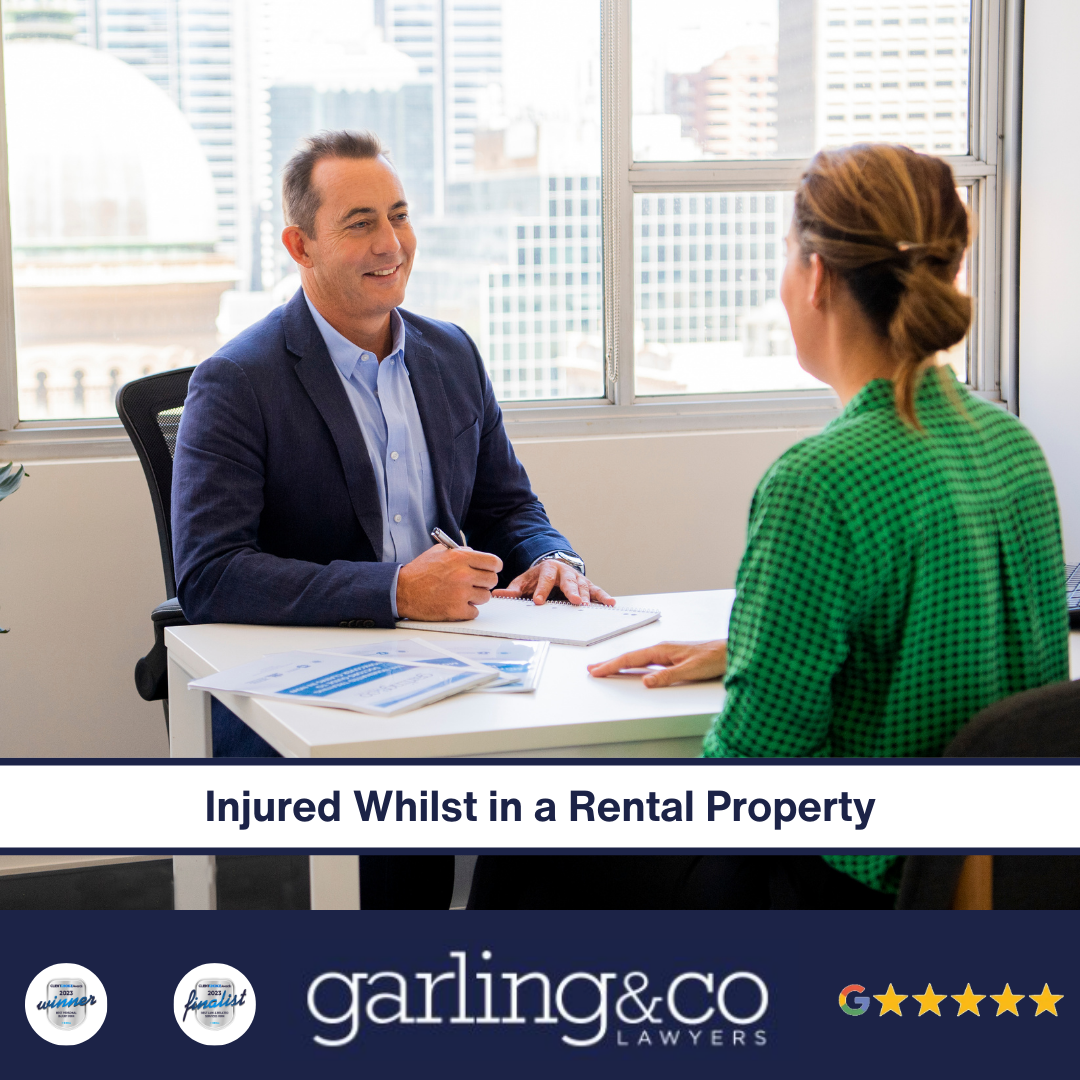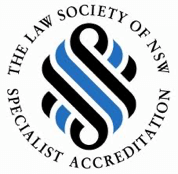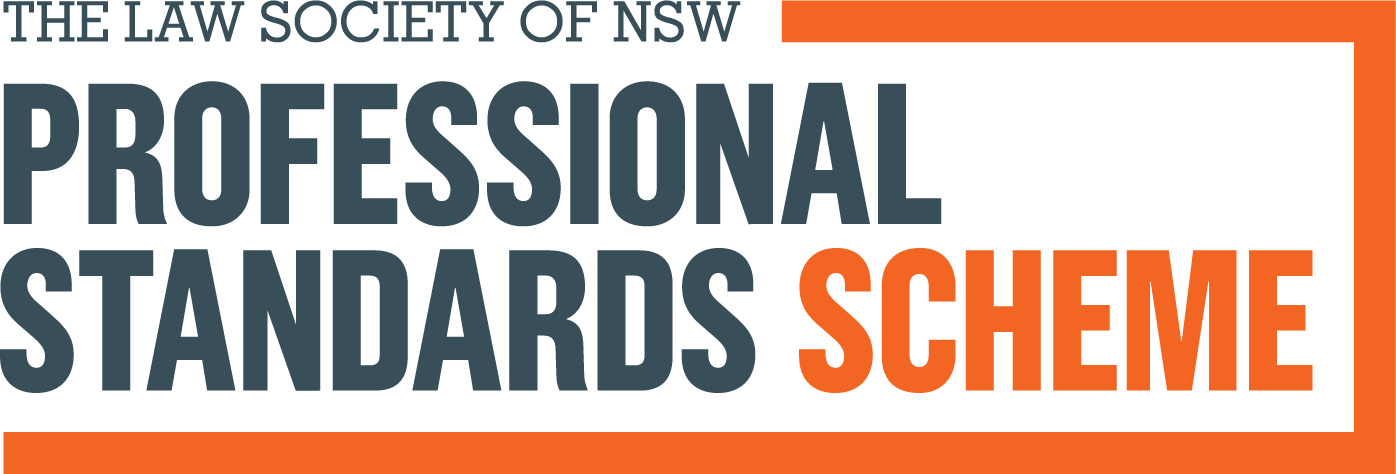
Tenants Rights and Responsibilities
If you sustain serious and permanent injuries at a rental or holiday home, you may be able to make a public liability claim under the NSW Civil Liability Act. You need to have an injury which is serious, permanent and effects the ability for you to live your normal life.
Depending on the facts of your case and what caused your injuries, you may have a claim against any or all the following: –
1. Your landlord
2. An owner’s corporation
3. A property manager or agent
4. Tradespeople
If you have sustained an injury, you should immediately notify the property manager or agent of the incident, how it occurred and the injuries you have sustained. You should also immediately seek medical treatment for your injuries.
It is also important that as a tenant, if there are dangerous aspects of the premises, that these are brought to the attention of the property manager and landlord as soon as possible, in writing.
Rental Owner and Landlords Rights and Responsibilities
There is no general duty on an owner to inspect the property to find hidden dangers or defects that are not either already brought to their attention or not clearly visible to the person renting the home.
For example, if a defect in a balcony rail which is not visible to the homeowner on a general inspection, collapses and causes injury it would not give rise to a claim against the owner as the law does not require the owner to conduct regular safety inspections to pick up hidden dangers.
The owner owes a duty to take reasonable care for the safety of tenants and visitors, but that duty is only that of a reasonable person.
At the beginning of a lease, you should inspect the property. If you find any aspects of the property are dangerous, you should alert the managing agent immediately and request the necessary repairs to make it safe. This should be done in writing.
You should keep a note of all correspondence and communications with the property manager or landlord in relation to any complaints about any dangerous or safety issues with the property.
The law requires that the owner must take reasonable steps to ensure the safety of its property and its tenants but only in circumstances where: –
1. The property is in some way defective, and this is obviously dangerous.
2. The owner (or their representative) knew or should have known about the defect; and
3. No timely or reasonable action was taken by the owner or their representative to repair the defect and prevent the risk of injury.
To be successful in a claim therefore, the owner must know of the dangerous condition of the property, or they should have known of the defect because it was so obvious.
Types of Rental Home Injury Cases
There are many ways in which a property may be unsafe, such as:
1. Rotten or broken floorboards
2. Problems with stairs and steps
3. Failure to provide proper handrails
4. Dangerous paths and paving
5. Unstable balconies and balustrades
6. Inadequate lighting on the property
How to Make a Claim
If you have sustained an injury whilst at a rental or holiday home, you should take the following steps before contacting a lawyer: –
1. Immediately alert the property agent of the incident and the injuries you sustained.
2. Seek medical treatment straight away and explain how your injuries occurred.
3. Keep all emails or letters sent to the landlord or property agent in relation to the defect in the property.
4. Keep records and receipts of all your medical and related expenses incurred.
5. Take photographs of the defect which caused your injury.
6. Do not try and fix the property without notifying the landlord and obtaining approval.
If your injuries are serious and permanent, you should contact Garling & Co Lawyers to discuss the possibility of making a public liability claim.
Generally, you have three years from the date in which you knew or ought to have known you had a right to make a claim against the owner. You should therefore always contact a Lawyer and obtain advice well within three years from the date of your injury.












